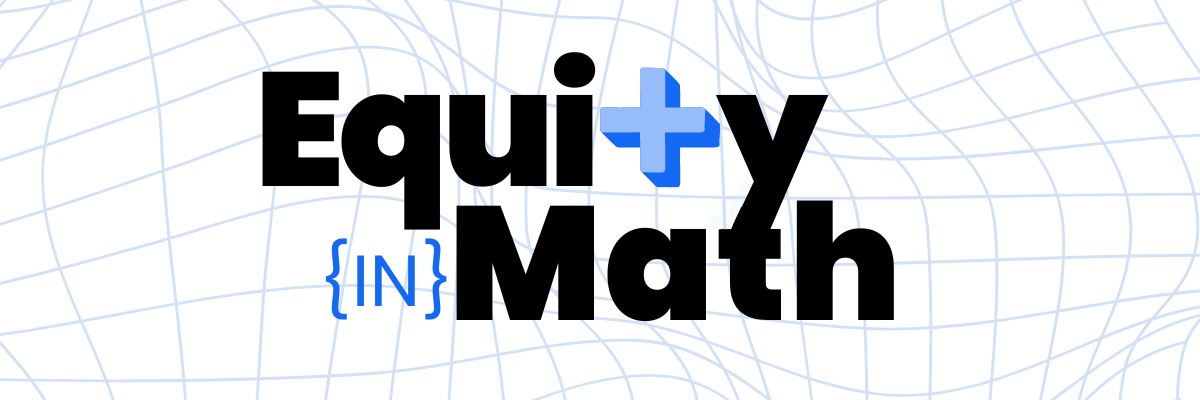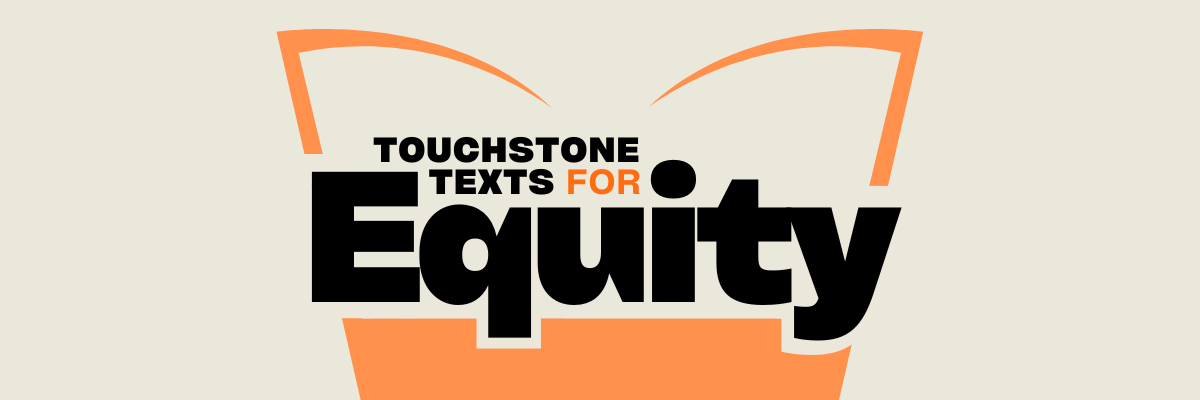|
One school's journey with assessing and designing proects rooted in authenticity.
In a diverse learning environment, where all students are, to some degree, ENL and many of them are SIFE, designing instruction that not only meets all students where they are in their journeys through school but also invites them to work towards mastery of college- and career-ready skills can be quite daunting.
Claremont International High School in the Bronx serves students who are recent immigrants to the United States from countries ranging from the Dominican Republic to Gambia to Yemen. For Claremont, the pedagogical approach that best addresses this challenge is project-based learning (PBL), and the faculty there invest a great deal of energy in designing projects that are authentic.
Assessing authenticity
John Larmer of the Buck Institute of Education, a clearinghouse for teacher professional learning about PBL, sets out a four-point framework for assessing the authenticity of a project, which he claims can be measured along a “sliding scale.” Let’s use Larmer’s four claims as a lens through which we can examine and evaluate a project planned by the 12th-grade Government teacher at Claremont, who has the responsibility and privilege of guiding a cohort of new- and soon-to-be Americans through their first deep exploration of the U.S. Constitution and the political process that has sprung up around it. 1. “It focuses on a problem, issue, or topic that is relevant to students’ lives [or] is actually being faced by adults in the world students will soon enter.” Claremont's Government project asks students to choose a controversial topic that is actively being debated in the American political discourse, independently research the history of the issue and its current state of play, and construct an understanding of the complexities of the problem. Students often select topics such as gun control, reproductive rights, and income inequality. By offering students an opportunity to exercise their agency in selecting their research questions, the teacher works toward ensuring the relevance of the inquiry to his students, and by grounding the work in contemporary issues, he points students toward developing “real-world” knowledge. 2. “It sets up a scenario or simulation that is realistic, even if it is fictitious.” This project asks students to imagine themselves as participants in the legislative and judicial processes, not as elected or appointed officials, but as activist citizens or residents of the United States. This orientation requires students to play roles that are immediately accessible them, not only after they graduate but also in that very moment as high school seniors. 3. “It meets a real need in the world beyond the class, or the products students create are used by real people.” Because the debates into which this project invites students are unsettled in the ongoing political discourse, the work students produce constitute contributions to these national conversations about the direction of the country. All of the students will “go public” with their learning (an essential feature of PBL) in the form of oral defenses of their written work, but they may also elect to actually publish the documents they write or send them to government officials. Thus, students are positioned to engage with democratic processes, not just study them. 4. “It involves tools, tasks, or processes used by adults in real settings, and by professionals in the workplace.” Students’ final products generally fall into one of two genres of writing used by professionals working in government. Those students who choose to engage with a debate that is active in the legislative process write white papers, research-driven reports that recommend policy. Those who enter conversations around active court cases write amicus curiae briefs, documents that seek to influence the decisions of a court. Far from the standard school-centric argumentative essay, white papers and amicus curiae briefs are examples of real-world writing and authentic tools used by professionals.
The 12th-grade Government project at Claremont is probably best described as “somewhat authentic” according to John Larmer’s framework. The work that students are doing, both in the roles they play and the products they create, “simulates what happens in the world outside the school.” However, it would not take too much effort for the project to become “fully authentic” if students “take action to improve their community” by publishing or submitting their white papers and amicus curiae briefs to the appropriate government authorities. Either way, the authentic project designed by this teacher offers students the opportunity for authentic learning.
As teachers seek to cultivate their students’ questioning and discussion skills, they often turn to trusted protocols. But what if you could engage students in something new?
As teachers seek to cultivate their students’ questioning and discussion skills, as called for in component 3b of the Danielson Framework, they often turn to structures that are designed to promote conversations in classroom. There are many tried-and-true protocols that teachers use to help students frame their dialogues, but lately I’ve been playing with a real-world classic: speed dating. The speed dating protocol can be modified in many ways for a wide range of classrooms: the teacher can manipulate the duration and number of the conversations, the physical layout of the room, the delivery system for the prompts, and, of course, the prompts themselves.
In a 12th-grade ELA classroom at Fordham Leadership Academy, I wanted to kick off a unit on personal essays by inviting students to brainstorm responses to some of the prompts from the Common Application. Seeking to avoid using what the students called the “same old protocols,” I shook things up by inviting students to have a series of “speed dates” in which their conversations would be guided by those essay prompts.
Here are the main moves:
By BRIAN VEPREK
What happens when a school district stops buying published, packaged curriculum and starts empowering their teachers to collaborate strategically to design courses that address the unique interests and needs of their students? CPET partners Nazareth, PA Area School District are finding out that when teachers are co-authors of bespoke curriculum that is engaging to their students, teachers’ engagement with all aspects of the work also peaks. After a year-long effort of research and writing, grades 7-10 ELA teachers in Nazareth are rolling out their new curricula, and the focus of our work has shifted to implementation. Our team is visiting middle and high school classrooms and engaging in coaching conversations with Nazareth teachers as they begin to experience early successes and surface early challenges to the redesigned courses. These coaching conversations allow teachers the space and time necessary to reflect on their new curriculum but also assist them in translating their planning into instruction. As the process of implementing the new curriculum continues, the teachers and their CPET coaches gather data from periodic assessments, teacher reflections, and classroom observations in order to facilitate a cycle of inquiry through which Nazareth teachers will refine their prototype curriculum in order to make it even more valuable to their students.
Are you helping teachers tackle the curriculum design process? Here are a few things to keep in mind:
1. Can't stop/won't stop: A cycle of inquiry that describes and then analyzes a situation should culminate in suggestions for action, and that action will yield a new set of data for description and analysis. The reflective practitioner never stops questioning and investigating. 2. UbD FTW: Sometimes the old ways are the best ways, so if you’re looking to support teachers as they plan instruction, consider falling back to the Understanding by Design framework. 3. Support matters: Not all teachers want to or are prepared to write their own curriculum. A little bit of framing and coaching can go a long way to help them feel ready and find success. |
|
The Center for Professional Education of Teachers (CPET) at Teachers College, Columbia University is committed to making excellent and equitable education accessible worldwide. CPET unites theory and practice to promote transformational change. We design innovative projects, cultivate sustainable partnerships, and conduct research through direct and online services to youth and educators. Grounded in adult learning theories, our six core principles structure our customized approach and expand the capacities of educators around the world.
|
ABOUT US
525 West 120th Street, Box 182 New York, NY 10027 416 Zankel Ph: (212) 678-3161 [email protected] Our Team Career Opportunities |
RESOURCES
Professional Articles Ready-to-Use Resources Teaching Today Podcast Upcoming PD Opportunities |
COACHING SERVICES
Custom Coaching Global Learning Alliance Literacy Unbound New Teacher Network Student Press Initiative |























